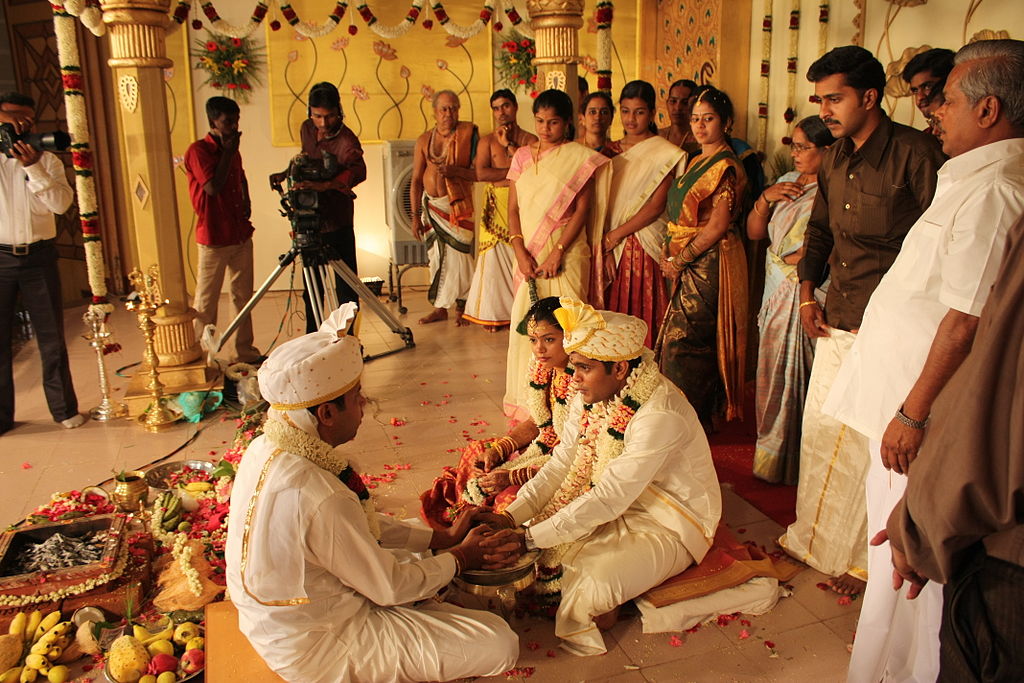Indian Culture vs Western Culture
The differences between Indian culture and Western culture are significant and can be observed when examining aspects such as religion, family, clothing, food, language, music, and more. Indian culture is considered one of the oldest in the world, while Western culture is relatively modern. Through understanding the unique aspects of each culture, we can better appreciate their contrasting features.
What is Indian Culture?
Indian culture encompasses various rituals, customs, values, lifestyles, and even caste systems. The diversity within the country is immense, with numerous religions including Hinduism, Buddhism, Islam, Jainism, Sikhism, and Christianity. Languages such as Hindi, Tamil, Malayalam, Telugu, and Urdu are spoken across different regions. Indian cuisine differs greatly from Western cuisine, with an emphasis on spices and heavier meals during lunchtime. Etiquette, manners, and clothing are also distinct, with Indian women typically wearing modest attire such as saris or kurta tops. Family life is highly valued in India’s collective culture, with joint families still common today. Marital life in Indian culture generally does not support multiple partners or nudity, with arranged marriages being the norm. However, this trend is changing as Indian youth gain more freedom to choose their partners. Family involvement and approval remain important factors in Indian culture. Modern trends like nightclubs and social gatherings are less accepted in Indian culture, which instead emphasizes traditional dance forms such as Bharatanatyam, Kathak, Kathakali, and Yakshagana.
What is Western Culture?
Western culture is characterized by innovative philosophies and methodologies, with a novel approach to life’s problems. There are several key differences between Western and Indian cultures in areas such as food habits, etiquette, conduct, family, marital life, social life, and religious life. Christianity is the primary religion practiced in Western culture. Languages spoken include English, French, German, and Spanish. Western clothing often consists of denim, dresses, blazers, trousers, and skirts. Western cuisine differs from Indian cuisine in its limited use of spices and focus on heavier dinners rather than lunches. Joint family life is less common in Western culture, which encourages an individualistic approach. Western culture is more accepting of multiple partners, nudity, and social mixing in nightlife entertainment.
Key Takeaways
- Indian culture is collectivist and diverse, with various religions, languages, and traditions, while Western culture is individualistic and primarily Christian.
- Food habits differ significantly, with Indian cuisine emphasizing spices and heavier lunches, and Western cuisine focusing on heavier dinners and limited spice usage.
- Marital and family life in Indian culture does not generally support multiple partners or nudity, while Western culture is more accepting of these concepts and encourages individualistic approaches to life.
